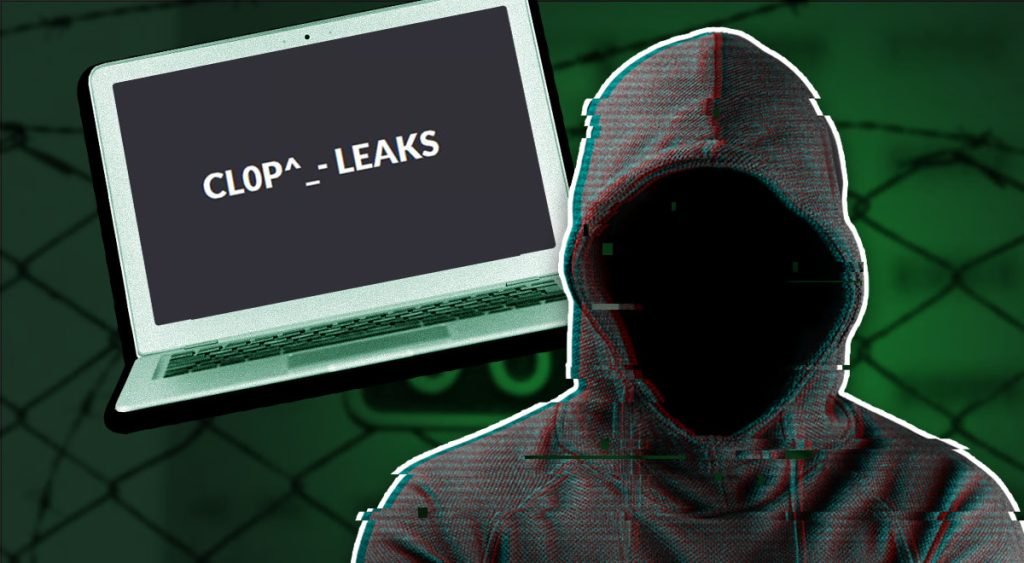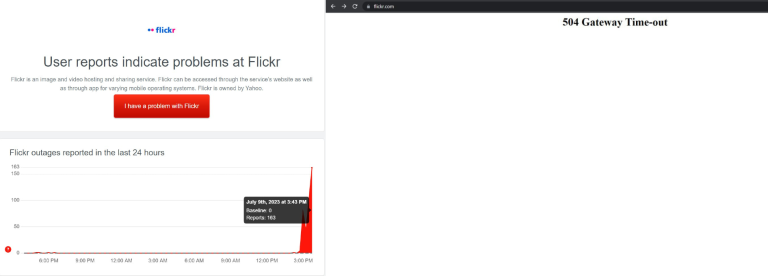Attack Description :
CL0P ransomware group targeting a significant number of victim organizations across various sectors. The potential impact on these companies, particularly in the healthcare, IT & ITES, and BFSI sectors, could be severe.
Here are some key points to consider regarding this incident:
- Ransomware Attack: The CL0P ransomware group is known for encrypting the files of their victims and then demanding a ransom in exchange for providing the decryption key. This can cause significant disruption to the operations of the affected organizations.
- New Victim List: With the release of a new list of 24 victim organizations, it indicates that the ransomware group is actively targeting and compromising a diverse range of companies.
- Sector Focus: The choice to target healthcare, IT & ITES, and BFSI sectors suggests that the CL0P group may be seeking to maximize their impact by attacking organizations that handle sensitive and critical data.
- Noteworthy Organizations: The inclusion of major companies like Arrow Electronics, Inc. (a US-based technology supply-chain company), and EncoreAnywhere Patient Data (a Netherlands-based organization) highlights the ransomware group’s ability to target high-profile and globally recognized entities.
- Geographic Distribution: The majority of the victims being from the United States indicates the ransomware group’s preference for targeting organizations in this region.
- Data Leakage: In addition to the encryption of files, the CL0P group often resorts to data exfiltration. They threaten to publish or sell the stolen data if the ransom is not paid, adding another layer of risk for the victim organizations.
The affected organizations and the broader cybersecurity community should take the following actions:
- Incident Response: The victim organizations must immediately activate their incident response teams to assess the extent of the compromise and start containment and recovery efforts.
- Communication: The impacted organizations should communicate with their stakeholders, including customers, employees, and partners, about the breach, its potential impact, and the steps being taken to address the situation.
- Law Enforcement Involvement: Reporting the attack to law enforcement agencies can aid in investigations and potentially lead to apprehending the perpetrators.
- Cybersecurity Measures: Companies in the healthcare, IT & ITES, and BFSI sectors should review and strengthen their cybersecurity measures, including regular system patching, access controls, and employee training on phishing and social engineering risks.
- Data Backup and Recovery: Having secure and up-to-date data backups can help organizations recover from a ransomware attack without needing to pay the ransom.
- Proactive Threat Hunting: Organizations should conduct regular threat hunting and vulnerability assessments to identify and address potential security weaknesses.
- Public Awareness: Ransomware attacks can often begin with social engineering techniques such as phishing emails. Raising awareness among employees about such threats can help prevent successful attacks.
Take away: Addressing ransomware attacks requires a multi-layered approach, involving both proactive cybersecurity measures and a swift and coordinated response when an incident occurs. Collaboration between organizations, law enforcement, and cybersecurity experts is crucial to effectively combat such threats.
(https://www.arrow.com/)
(https://www.drydocks.gov.ae/)
Disclaimer : The information provided herein is on “as is” basis, without warranty of any kind.





